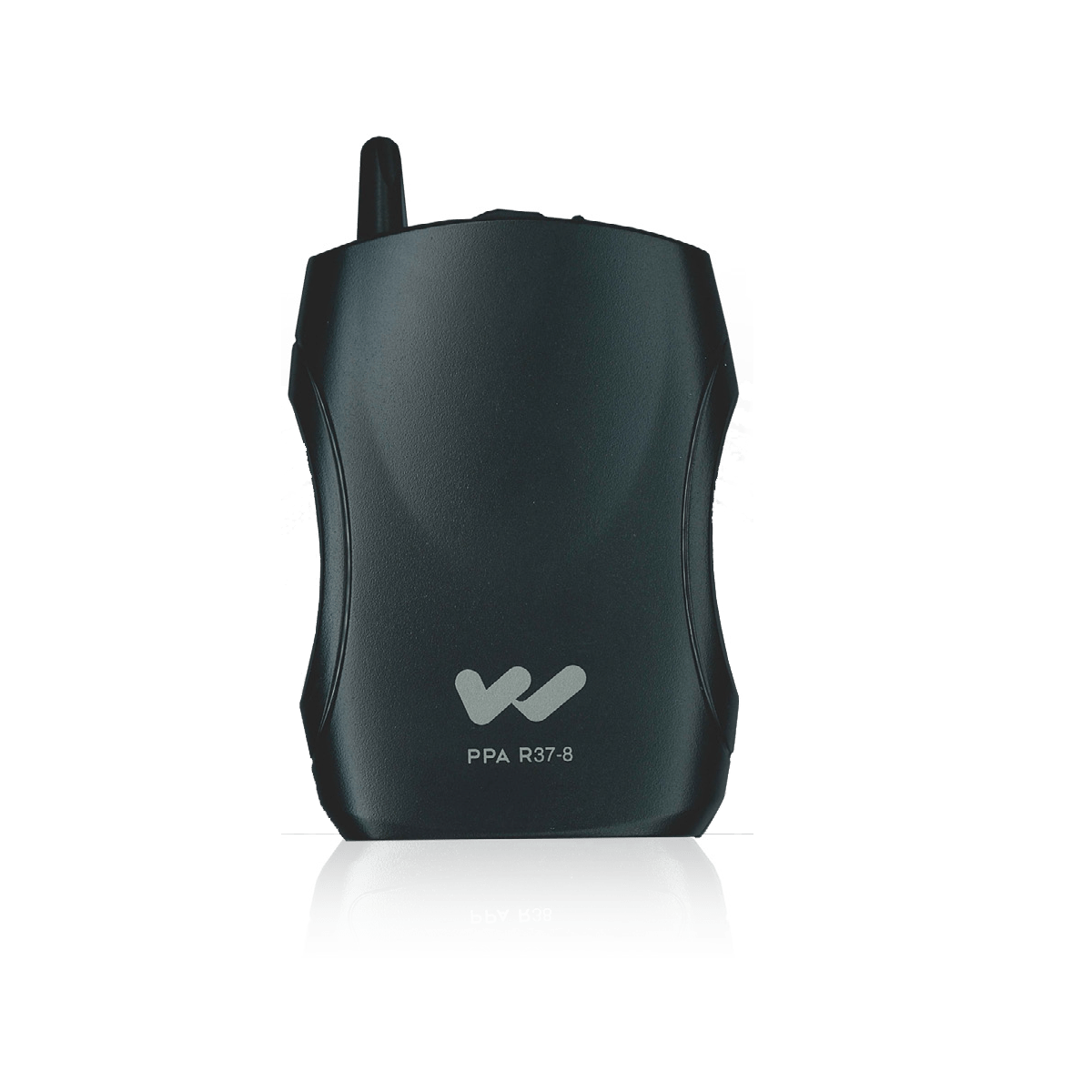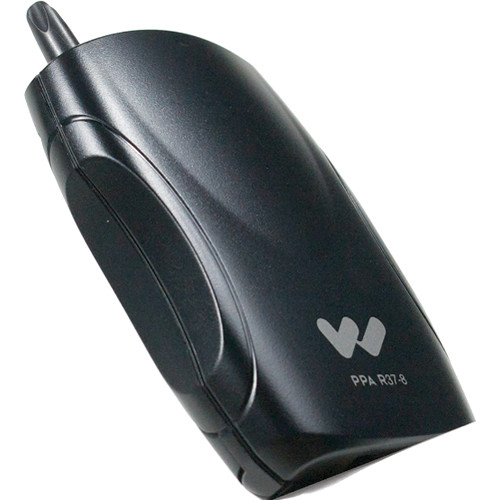

- Seamonkey ppa how to#
- Seamonkey ppa install#
- Seamonkey ppa update#
- Seamonkey ppa upgrade#
- Seamonkey ppa software#
I tend to prefer the live-to-install route, so I booted up the live instance of LXLE…only to be greeted by a password prompt. The first issue reared its ugly head during installation.

LXLE is an impressive distribution, but it’s not without its problems. Sudo add-apt-repository ppa:utappia/stable This can be done with the following commands: The uCareSystem tool was so impressive, I added it to my running Elementary OS Loki production machine. You can also run uCareSystem from the terminal window by issuing the command sudo ucaresystem-core. This tool is so easy to use, it makes me wonder why more distributions don’t include it.įigure 3: The uCareSystem tool in action.
Seamonkey ppa update#
A terminal window will open ( Figure 3 ), and the tool will automatically run through all of its steps to update and clean your system. You can launch uCareSystem by clicking Applications > Updates. Uninstalls packages that are obsolete or no longer neededĭeletes package settings that have been previously uninstalled This text-based tool does the following:Ĭhecks for the list of old Linux Kernels and uninstalls them Instead, LXLE includes a very handy app called uCareSystem. I attempted two runs with Synaptic and both attempts brought the desktop to a pixelated halt.
Seamonkey ppa upgrade#
Update systemĪlthough LXLE does ship with the Synaptic package manager, I wouldn’t recommend using it to upgrade the system. This panel includes the Application Launch Bar (where you can add application launchers), Window List app (for minimized apps), desktop pager, window iconify, and Exposé button.įigure 2: The LXLE bottom panel. With the main panel at the top of the desktop ( Figure 1 ), you’ll find the applications menu, shortcuts for the file manager, wallpaper changer app, a launcher for the terminal app, a quick launch app, time/calendar app, and system tray.įigure 1: The LXLE default desktop is instantly familiar to the user.Ī second panel, set to auto hide, can be found at the bottom of the screen ( Figure 2 ). Instant familiarityĪs with most of the lightweight Linux distributions, you’ll find zero learning curve with the desktop environment. Random wallpaper changer (with 100 wallpapers pre-installed)Īlthough you might scoff at the idea of including so many wallpapers, when you start clicking through the random wallpaper button (located on the desktop panel), you’ll quickly appreciate how beautiful your desktop can be.
Seamonkey ppa software#
Synaptic package manager for adding software

And, with the latest release (Eclectica, based on Ubuntu 16.04.01), that distribution is better and more capable than you’d imagine.įull-featured apps pre-installed (e.g., LibreOffice, GIMP, Audacity, etc.) It’s stuck squarely in the middle and can stake the claim that it can truly revive your old hardware without doing so at the cost of productivity. This particular take on the small footprint Linux feels more like it belongs in the good old regular footprint Linux.
Seamonkey ppa install#
Typically, to get a lightweight distro to do what you want, you wind up having to install numerous other apps, which basically defeats the purpose. In the end, many of those distributions function well…at a cost of functionality. The installation steps can be found here: Installation and Uninstallation - Linux.ĭownside of this approach: Software updates will not be offered to you by mintUpdate.Most lightweight Linux distributions are fairly standard: They use a window manager with a small footprint and install a minimal amount of apps to continue with the small size metaphor. You can also use the genuine Mozilla installation packages available on their SeaMonkey homepage directly.

Installation and updates work in much the same way as for Ubuntuzilla.
Seamonkey ppa how to#
You will find the instruction on how to add the PPA to your repository list on that site. Provided you use Mint 13, 14 or 15, you could also use a Launchpad PPA instead of Ubuntuzilla: bratherlui's Seamonkey Stable Releases.Once SeaMonkey has been installed successfully you will be notified of available updates by mintUpdate. Once you have added the Ubuntuzilla repository to your sources lists, you can install SeaMonkey by executing the commandline given in the same instruction. Make sure you skip the commandlines that target Mozilla Firefox and Mozilla Thunderbird. In order to use the Ubuntuzilla provided SeaMonkey, you first add their repository to your sources list files, as explained here: Ubuntuzilla Installation. They provide the genuine Mozilla software packages converted to. Use the Ubuntuzilla Project software packages.There are at least 3 ways of installing SeaMonkey on Linux Mint:


 0 kommentar(er)
0 kommentar(er)
